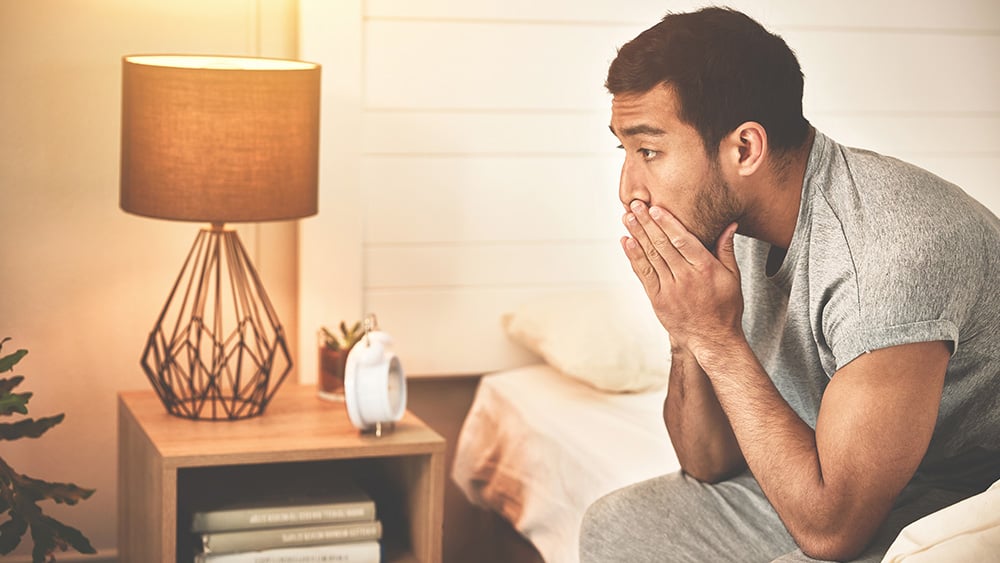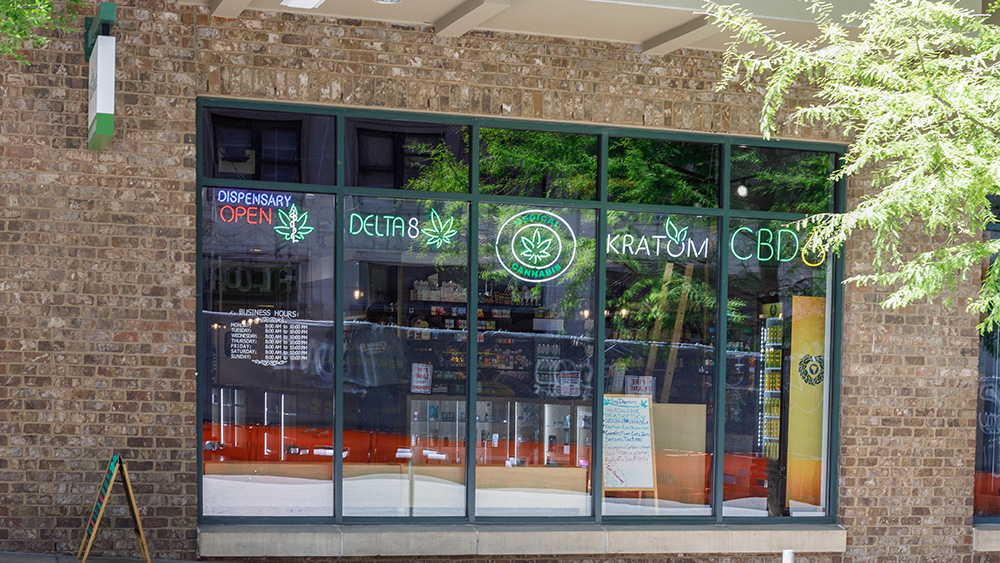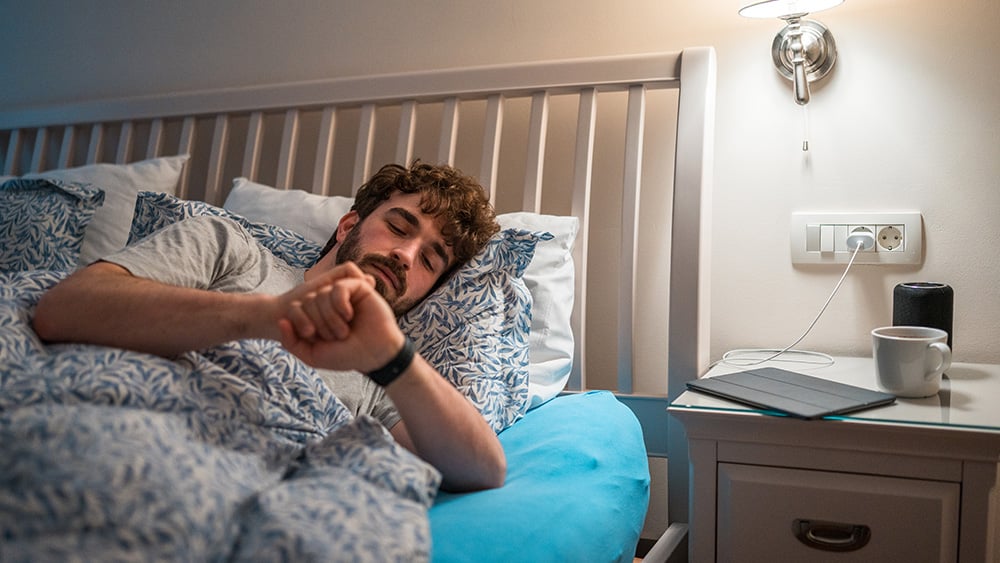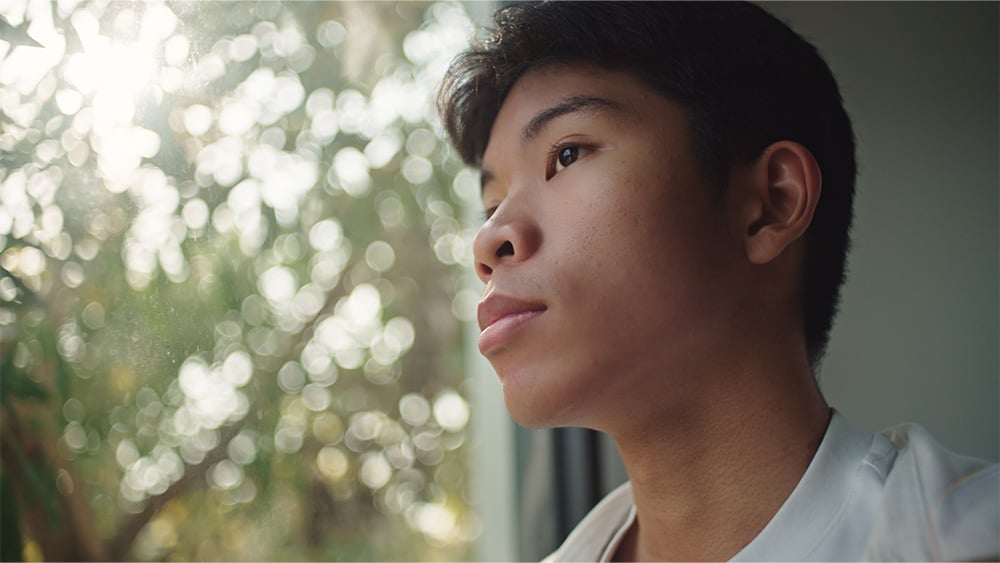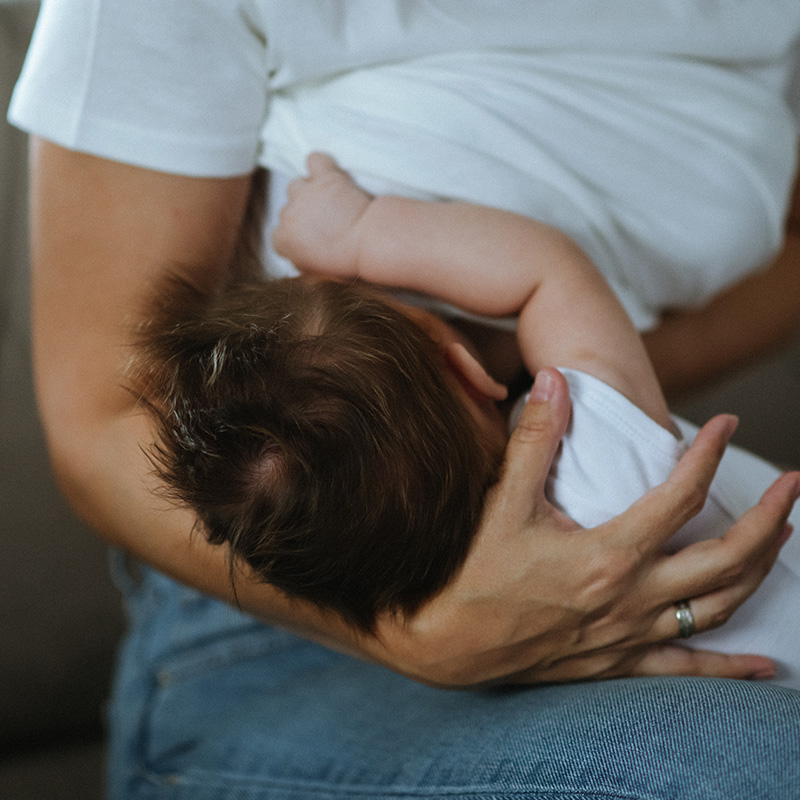Key Takeaways
- Physical and mental symptoms of an anxiety attack can include trembling, increased heart or breathing rate, sweating, fear of death or a sense of doom, and more.
- Mindfulness and breathing methods, along with other techniques, help to give you a sense of control back.
- Seek out a licensed mental health professional if anxiety attacks are getting in the way of regular life.
Anxiety attacks, also called panic attacks, are frustrating and sometimes debilitating experiences where a person has intense symptoms of anxiety and fear.
While some anxiety attacks are triggered by specific events or feelings, other times they can come seemingly out of nowhere and catch a person completely off guard. Either way, having tools and techniques you can use to stop your body’s response to an attack can be immensely helpful.
Heather Yassick, LMHC, MS, is a licensed mental health counselor at Genesee Behavioral Health Center PROS program in Rochester and explains what the warning signs of an anxiety or panic attack are, and how to deescalate your mental and physical response.
Recognizing symptoms of anxiety attacks
The warning signs of an anxiety attack are both physical and mental, and can be experienced as four or more of the following symptoms:
- Physical trembling
- Increased heart rate
- Increased breathing rate
- Sweating
- Nausea
- Impending fear of death
- Sense of impending doom
- Derealization (detached from reality)
- Depersonalization (detached from sense of self)
“These panic or anxiety attacks are very intense and very distressing,” Yassick said. “When someone is experiencing a panic attack, it is really distressing and can feel very disempowering.”
Techniques to lessen anxiety attack symptoms
For anyone who starts to experience feelings of an anxiety attack (e.g., increased heart rate, quickened breathing, trembling), it is very easy for your body to interpret the symptom as a threat.
When you notice that first change in your body or mind, try one of these methods of returning control to your body.
Be mindful
Being mindful means identifying what is happening in the present moment without any judgement or extra meaning.
“Just recognizing, ‘Oh, my heart is racing right now’ rather than layering a narrative on top of it that might make your heart racing a threat,” Yassick said. “Mindfulness skills can really help create a gap between the initial symptom and the story that tends to make it worse.”
Breathing – cyclic hyperventilation
The breathing technique follows 3 phases: a deep breath in through your nose to fill up the lungs to 90 percent capacity, inhaling a second time to fill your lungs all the way up, then slowly breathing all of the air out through your mouth.
Research suggests this breathing method regulates the carbon dioxide in your lungs and rapidly decreases the body’s stress response.
Breathing – 2-to-1 breathing
Another breathing technique focuses on counteracting the shallow, rapid breathing that starts to happen with anxiety attacks.
Exhale for twice as long as you inhale. Start with inhaling for 3 beats, then exhale for 6 beats – ensuring that you count consistently to re-regulate your breathing properly.
Grounding (5-4-3-2-1)
During an anxiety attack, some people experience tunnel vision. This sensation is caused by your prefrontal cortex (decision-making part of the brain) going offline and your amygdala (fear-based part of the brain) controlling your thoughts and actions.
A technique called grounding (also called the 5-4-3-2-1 technique) helps to restore the prefrontal cortex function and expands your visual horizon. You will focus on:
- 5 things you can see
- 4 things you can touch or feel
- 3 things you can hear
- 2 things you can smell
- 1 thing you can taste
Get BACK on track
In some anxious situations, you may feel like you are the only one going through an anxiety attack and no one else understands the feelings you are having.
The idea of self-compassion involves embracing the anxious feelings you are having and getting BACK on track. For this method, BACK is an acronym, which stands for:
Breath/Body (feel the breath in your body)
Acknowledge what you are feeling (vulnerable, ashamed, upset, etc.)
Common humanity (everyone feels what you are feeling now and you are not alone)
Kindness (think about what you need to be kind to yourself)
“If you look at a situation with a group of people and think about how everyone knows what it's like to be stressed or overworked, that compassionate intervention can have a really powerful effect on social anxiety, in particular,” Yassick said.
What to do after an anxiety attack
Responding to feelings of panic or anxiety with a mindful approach is very important. Anxiety attacks quickly become self-reinforcing, where you feel the symptoms, add a narrative to them, feel it as a threat, and then the cycle repeats.
Try to train yourself to be mindful as soon as you start to feel those symptoms set in.
“Being mindful is so important, but it is easier said than done,” Yassick said. “The skill of cognitive reframing is key to decreasing your symptoms in the moment and increasing your tolerance for distressing symptoms in the long term.”
If feelings of anxiety are significantly interfering with your daily activities and quality of life, talk with your primary care provider or a therapist.

